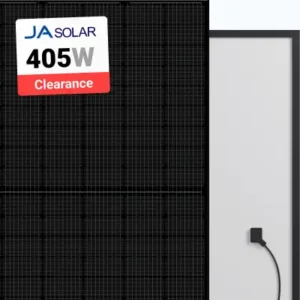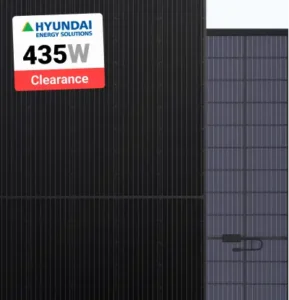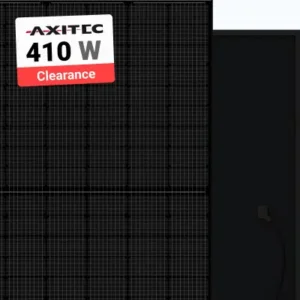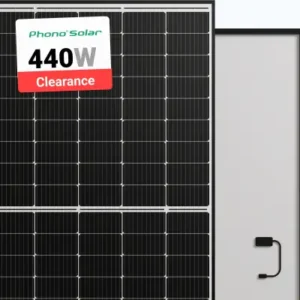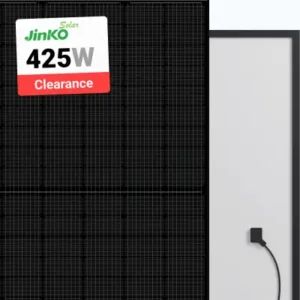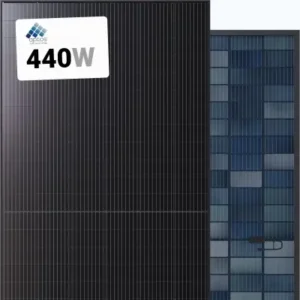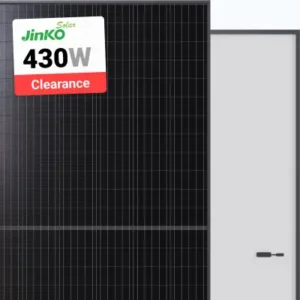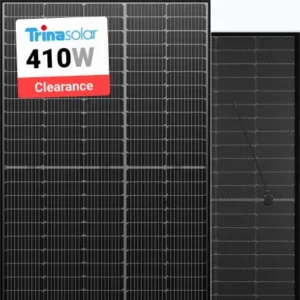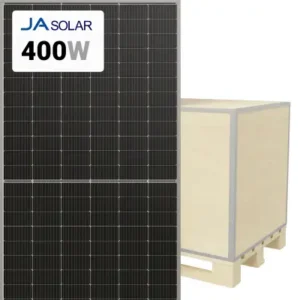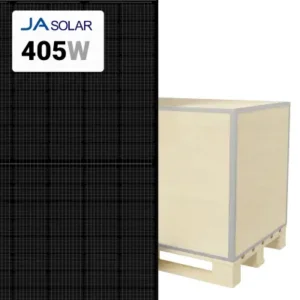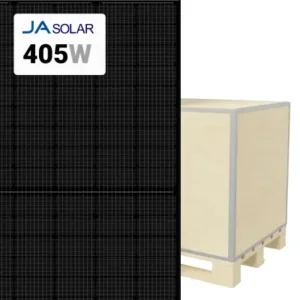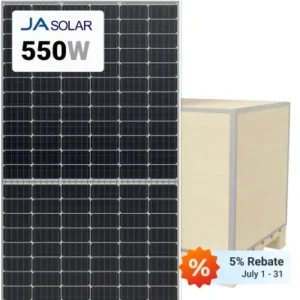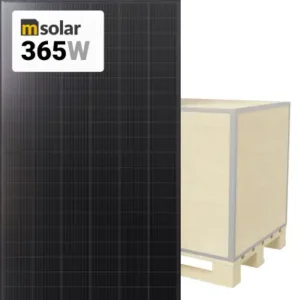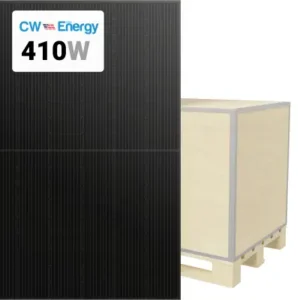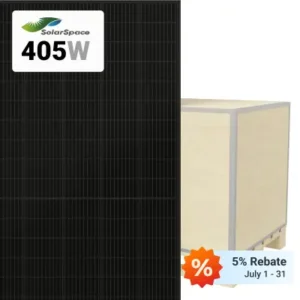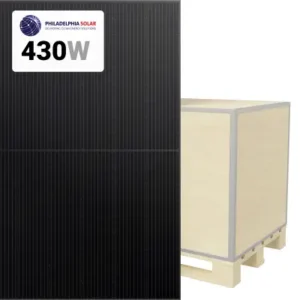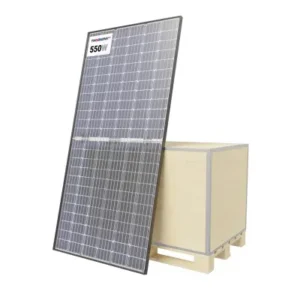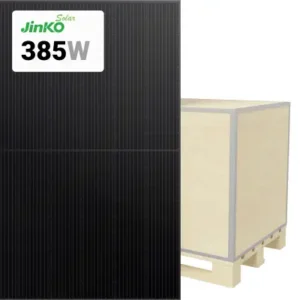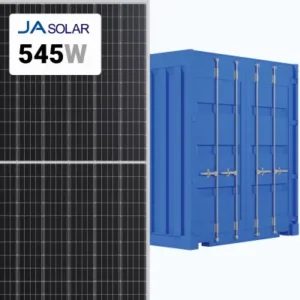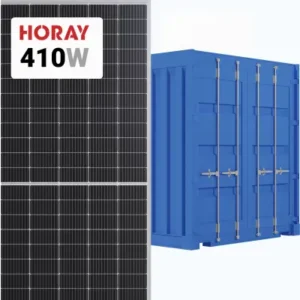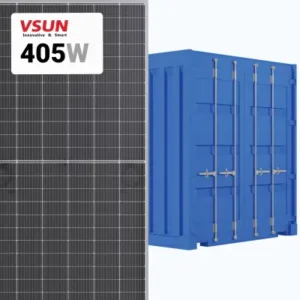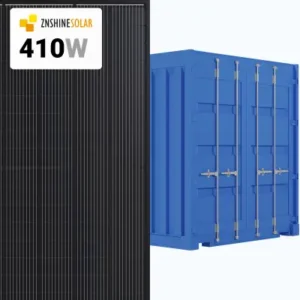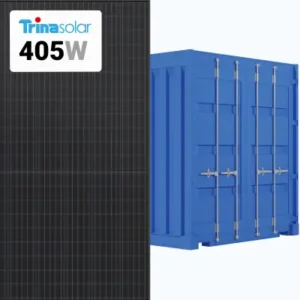JA Solar is at the forefront of the solar market — this Chinese manufacturer is among the largest photovoltaic brands in the world. What kind of panels does it make? What makes them so popular all around the globe? Let’s find out in our small review.
About JA Solar company
Chinese companies reign at the top of the list of photovoltaic companies. JA Solar is a strong contender to be the largest one in the future. Here is some data about how it’s been doing so far:
- Founded in 2005 in Shanghai
- 25,000 employees
- over 33,000 customers in 135 countries
- Top-3 world’s largest solar manufacturers
- Tier 1 manufacturer according to Bloomberg experts
Being a Tier 1 solar manufacturer doesn’t actually say a lot about the product that you make, but it’s an indicator of how well the company is doing. JA Solar is financially stable and won’t go anywhere anytime soon — that’s why Bloomberg experts consider it a Tier 1 brand.
JA Solar Solar panels for sale
Quality And Performance
JA Solar is focused on making high-output very efficient monocrystalline PV modules, mono- or bifacial. Of course, they also have quality, though fairly standard residential panels for sale. The efficiency of their panels varies between 19%-21%. You could say that the manufacturer makes panels primarily for projects of a large scope: commercial and industrial installations, solar farms, etc. Bifacial panels with two active sides are quite popular for these projects, as one module can give up to 30% more production than a standard monofacial panel.
Panels from JA Solar come at a relatively low price which makes it easier to replace broken modules. They are also sturdy and show great resilience in extreme weather conditions. One module can endure winds up to 210 mph in speed which is much higher than the wind speeds of an average tornado or a hurricane.
Warranty And Service
The warranties for JA Solar panels are quite standard for the industry. Each panel comes with a 12-year warranty for the product and a 25-year warranty for the output. JA Solar panel retains over 90% of its output after 10 years and around 83% of the rated output in 25 years. Bifacial panels get 30-year performance warranty and their degradation rates are lower: only 0.45% power output loss per year.
What to look for when choosing a JA Solar panels
When choosing a solar panel, pay attention to its power output and number of cells. 60 or 120 cell panels are made primarily for home systems: they are smaller and easier to fit on the roof. Their output ranges from 300W to around 370-380W. Panels for commercial systems usually have 72 or 144 cells and are larger.
120 and 144 cell panels have half-cut cell design. They are the same size as 60 and 72 cell panels respectively, but cells themselves are smaller. Essentially, a panel with split cell design is two small independent modules that are wired in parallel. That gives them better shading tolerance, durability and higher power density. Notice that they cost a bit more, because it is more expensive to make them.
When you are looking at JA Solar panels, keep in mind that the manufacturer, as many Chinese brands do, aims to make his PV modules as powerful and as cheap as possible. That’s probably why the design is not the strong side of JA Solar — it’s hard to find flashy stylish models in its product line. However, they are a good choice when you need a large powerful system.
FAQ
Q.: What’s the difference between commercial and residential systems?
A.: Primarily, it’s the scope. Space usually isn’t such a big constraint with business installations as it is with home systems, so 72-cell or 96-cell panels are more often used in projects of a large scope. Also almost all commercial systems are grid-tie. Finally, it takes several weeks to complete a home solar system. A commercial installation can take up to a year to build — there is much more paperwork to be handled and issues to be solved.
Q.: Will JA Solar work in cold climates — for example, in Alaska?
A.: Any solar panel does best when it’s cold and sunny. Too much heat is bad for PV modules, their performance drops and they degrade faster. So without any question JA Solar panels are great in cold climates.
Q.: Solar power seems exciting, but upfront costs are too high. Is there any way to lower them?
A.: If you live in the US, the Solar Tax Credit program gives you back 26% of your whole installation cost through taxes. There are also federal solar loans with low interest rates and lease programs. Besides, there are state programs that make a switch to solar much easier.Q: What do I need besides solar panels for a complete system?
A.: The answer depends on which type of system you are going for. Grid-tie system requires PV modules and an inverter. Off-grid system consists of panels, battery, charge controller and an inverter — you aren’t connected to the grid with this configuration. There are also hybrid systems, where you are connected to the grid but still have energy storage in case of a power outage. Hybrid systems require special inverters, batteries and a charge controller, though sometimes a hybrid inverter has a built-in battery and a regulator.
Articles to help you properly install and clean JA solar panels
Solar Panels Cleaning
Regular cleaning of solar panels is essential for maintaining their efficiency and maximizing energy production. This article covers the importance of keeping your solar panels clean, effective cleaning methods, recommended tools, and best practices to ensure your solar panels operate at peak performance.
Read Full – Solar Panels Cleaning
Solar Panel Snow Removal
Snow accumulation on solar panels can significantly reduce their efficiency. This article provides a detailed guide on safely removing snow from your solar panels, the tools and techniques you can use, and tips to prevent damage while ensuring your solar panels are clear and functional during winter months.
Read Full – Solar Panel Snow Removal
Solar Panel Cleaning Cost
Understanding the cost of professional solar panel cleaning services can help you decide whether to hire experts or do it yourself. This article breaks down the factors affecting cleaning costs, average price ranges, and the benefits of professional cleaning versus DIY methods, helping you make an informed decision.
Read Full – Solar Panel Cleaning Cost
How to Install Solar Panels
Installing solar panels can be a rewarding but complex process. This comprehensive guide walks you through the steps of installing solar panels, from planning and securing permits to mounting and wiring the panels. Learn about the necessary tools, safety precautions, and tips for a successful installation.
Read Full – How to Install Solar Panels
Installing Solar Panels on Roof
Roof-mounted solar panels are a popular choice for homeowners looking to harness solar energy. This article focuses on the specifics of installing solar panels on your roof, including the types of roofing materials, mounting systems, structural considerations, and step-by-step instructions to ensure a secure and efficient installation.Read Full – Installing Solar Panels on Roof
